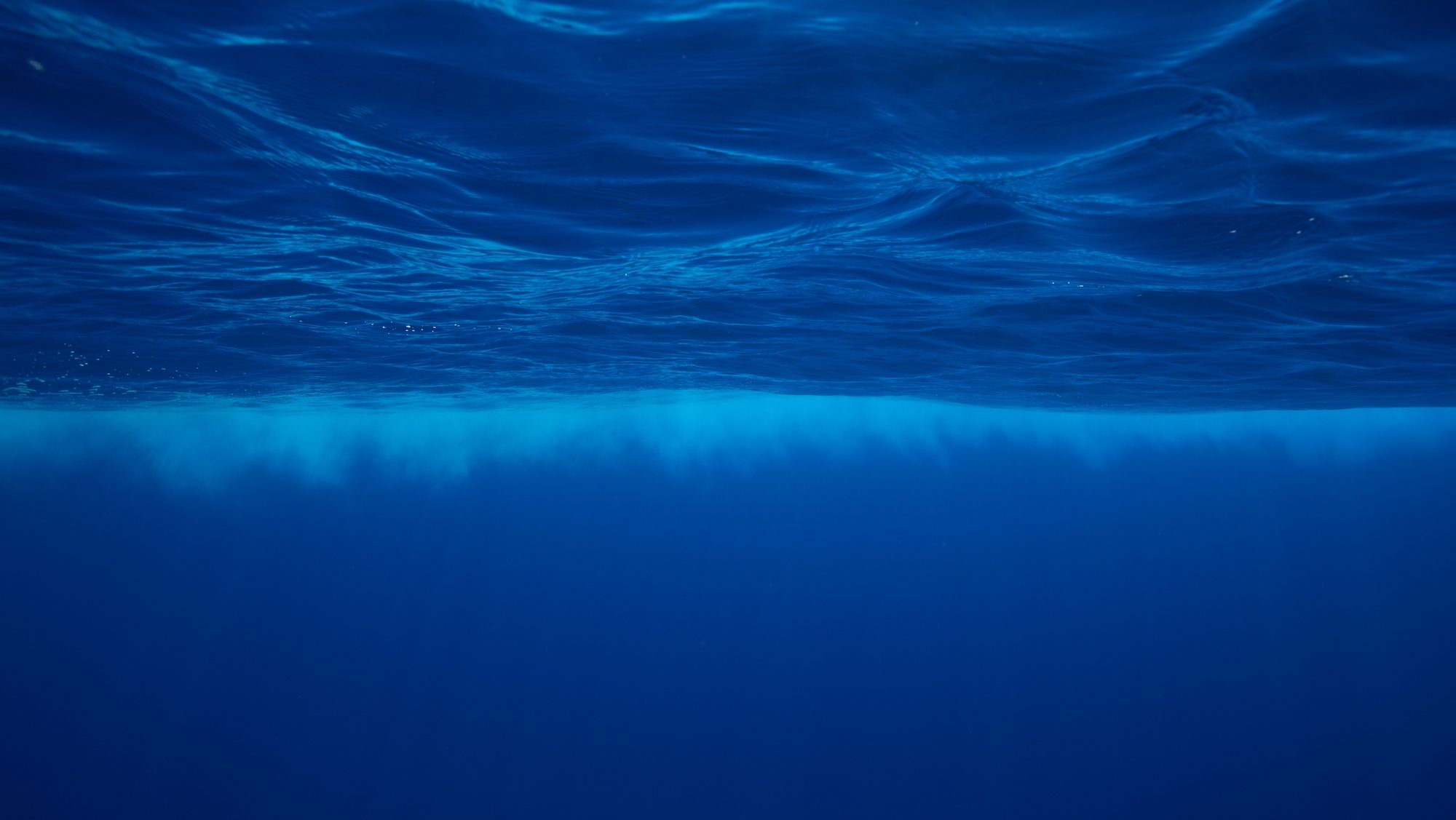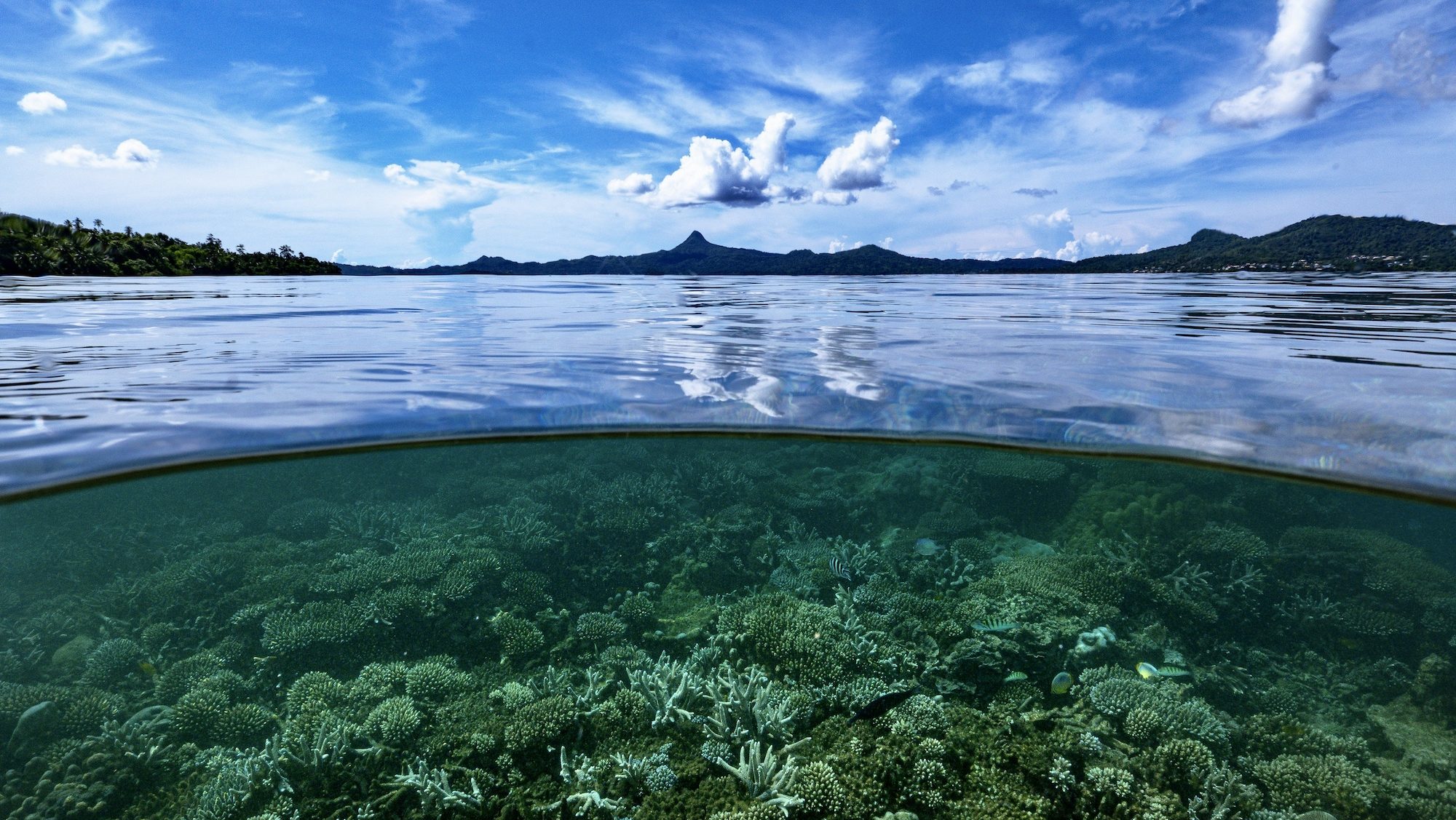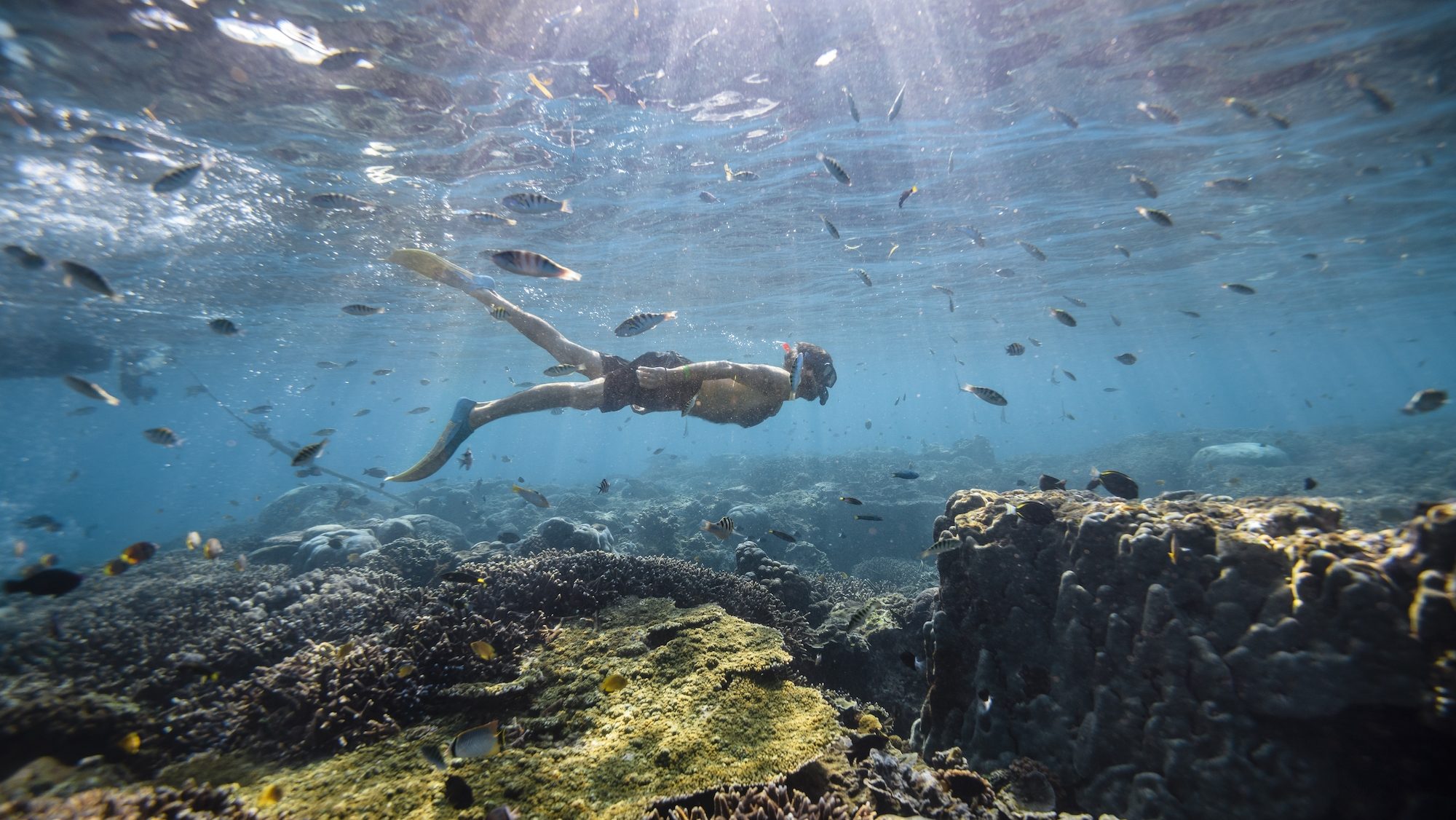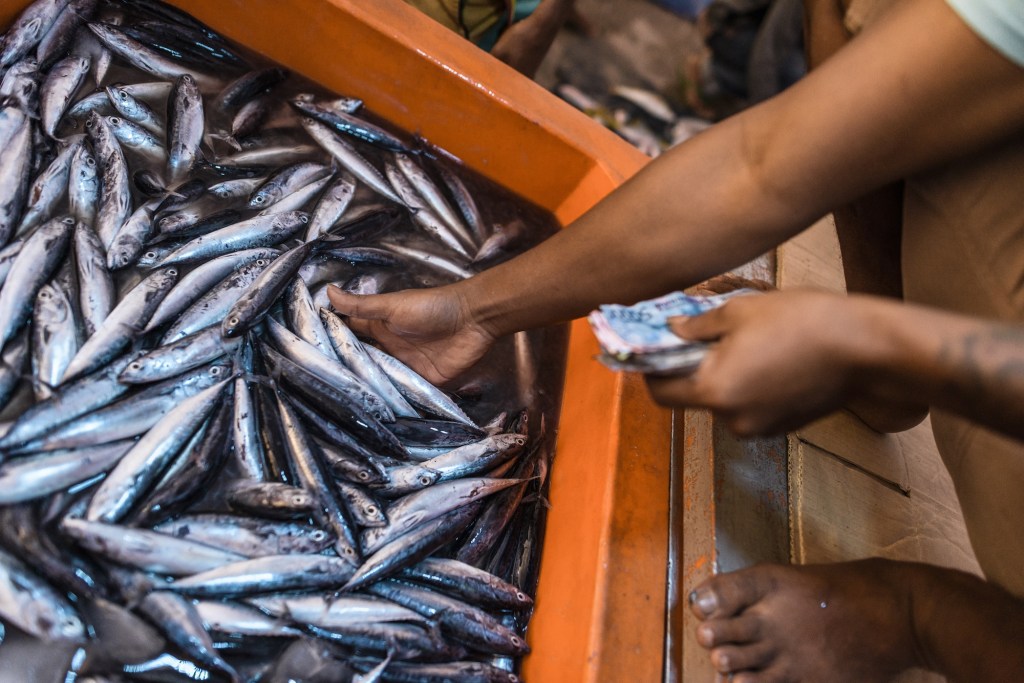Quick quiz! How can we protect fragile ocean ecosystems while also preserving the cultural and economic lifeways of the people who depend on them? Circle all that apply:
- (a) Build a giant wall around the ocean
- (b) Include everyone in the process
- (c) Despair, binge on social media, repeat
- (d) Think flexibility!
If you answered “b” or “d,” you have the right mindset for tackling this problem.
Our global community depends on oceans for protein, energy and transport routes, among other resources. Coastal and island communities around the world face increasing risks from storms, temperature fluctuation and rising seas. We need to provide agency to the people with the closest ties to the ocean by exploring conservation approaches that adapt to the fluid marine environment.
In 2018, the Science for Nature and People Partnership, or SNAPP, funded by the David and Lucile Packard Foundation, embarked on a journey to explore how science could help integrate social equity into ocean conservation, given the challenges expected with climate change in the coming decades.

We convened a panel of 25 experts from around the globe, from scientists to faith leaders, writers and artists, all working at the intersection of oceans, climate and equity. The team identified 46 questions addressing the following theme: If we were managing oceans in 2050, what research would we wish we had invested in today? We then launched a cohort of three SNAPP working groups to dive into the gritty details of this problem. The working groups were diverse, convening people from different backgrounds, career stages, lines of work and countries, and included representatives from academic, natural resource management, Indigenous groups and commercial sectors.
These SNAPP groups covered a swath of conservation and social contexts, including:
- Practical implications of recognizing traditional, sustainable management in local coastal areas as viable means of reaching global conservation goals
- Fostering the recovery of native Olympia oysters, once a keystone species on the U.S. West Coast and now tottering on the brink of collapse
- Exploring the meaning of climate resilience in 18 major fisheries around the world
Over the course of these working groups, we found six common threads that are vital to making ocean and coastal conservation more equitable and inclusive in the face of climate change.
Disruptors can be unanticipated.
What makes people care enough to take action? Disruptive events and movements that catalyze action can come from surprising quarters: Popular films such as Finding Nemo introduced marine conservation to a generation of children; catastrophes such as the BP Horizon oil spill drove legislation, reforming maritime laws for the safety of workers and the environment; youth activists grabbed global attention by walking out of schools.
Successful marine conservation includes the flexibility to react to surprise events and find commonalities across a diversity of people and sectors. The SNAPP groups themselves “disrupted” the normal composition of conservation sectors by including members who wouldn’t generally be at the same table. Including Indigenous scientists, local community members and businesspeople as part of the science design process meant there was an eager audience to apply the results, as well as the funding and human power to sustain them into the future.
Relationships matter in science.
Science is, at its essence, a social undertaking. In the same way an anthropologist might strive to systematically understand an unfamiliar culture, or an economist investigates what triggers market collapse, running a collaborative science project like a SNAPP working group required leaders who were keen observers of human behavior. These working groups carefully structured their interaction space to be an environment where all voices felt safe being heard. Course corrections were constant. This meant getting multilateral agencies to use the same language as people whose livelihoods depend on coral reefs. It meant getting scientists accustomed to delivering speed talks at conferences to sit down with entrepreneurs and understand the cadence of seasonal fisheries. Building relationships is slow and repetitive and, like any exercise, makes you stronger in the long term.

Don’t wait for Western science to catch up.
Integrating Traditional Ecological Knowledge into coastal and island conservation is not just inclusive and respectful: It’s also efficient. Why ignore the results from thousands of years of experimentation on culturing oyster populations or managing island fisheries just because they are not published in academic journals? Privileging Western science over Indigenous knowledge is systematic discrimination and exclusion. The path to integrating traditional knowledge into Western science in a way that is affirming rather than extractive takes time but is essential. Our groups found integrating Indigenous and Tribal community voices into their project design from inception built the trust and understanding needed to combine data from different worldviews.
Understand what can and can’t change.
The executive boards of most major global corporations are not going to wake up one morning and say: “Profits are meaningless if they unjustly harm society and the environment.” Most for-profit institutions are purposely structured to prevent just that. These SNAPP groups dove into the excruciating details of where exactly change is possible. Some corporations measure success by what is referred to as a “triple bottom line” in which environmental sustainability and social capital are considered benchmarks along with financial profit. Some of these companies are willing to invest in oyster restoration as a labor of love, but it can take years of patient outreach, attending trade shows and meeting industry and government representatives to home in on specific opportunities for positive change.

Resilience may mean changing course.
If the end goal is for your grandchildren’s generation to be able to find fish in your local waters, you may adjust how you fish and for what. If the end goal is to have a sustainable livelihood you enjoy, keeps you outdoors and allows you to feel connected to a place, that may mean switching out of fishing and into tourism. Having a healthy relationship with the ocean in the face of climate change may require a vision of marine resource management that includes the possibility of change, rather than an emphasis on maintaining the status quo.
Identify who can and will do something.
Have you ever read a journal article that concludes with an overture to policymakers to consider community perspectives when making conservation decisions? The audience for these papers is other conservation scientists, not community members or decision-makers. Scientists have the ability to bring policymakers and community representatives together to discuss conservation goals. These SNAPP groups strove to make sure that policymakers and community members were at the table, helping to shape the science and giving practical checks and balances along the way. Our teams found this work required intense investments of time and sometimes emotion, but in the end, marine conservation must include society in its science to be equitable.
When we started this Ocean, Climate, and Equity project, our main concern was how we could schedule these busy people all over the globe to come together and work on these thorny issues. By 2020, we were scrambling to transition a completely in-person working group model to remote and then struggling with the inequity of illness rates and travel restrictions. I am grateful for the adaptiveness of the leaders and the drive to push forward to find answers together. The urgency of the issues did not change. We have all become just a little bit more resilient. Though the process was at times difficult, the approaches and relationships formed by these three working groups will undoubtedly be essential in moving ocean conservation forward more equitably and deliberately on the road to 2050.




Join the Discussion